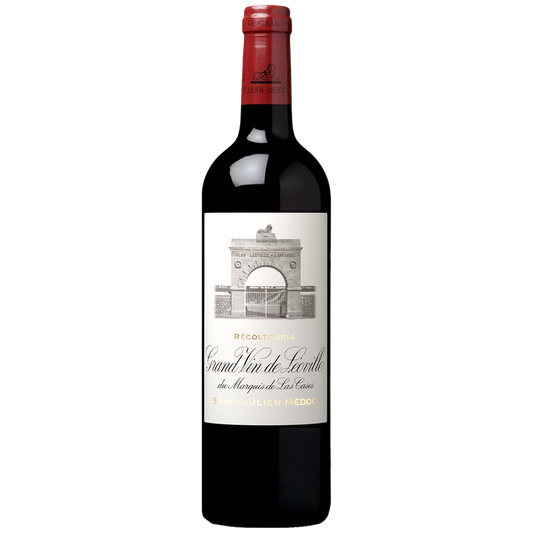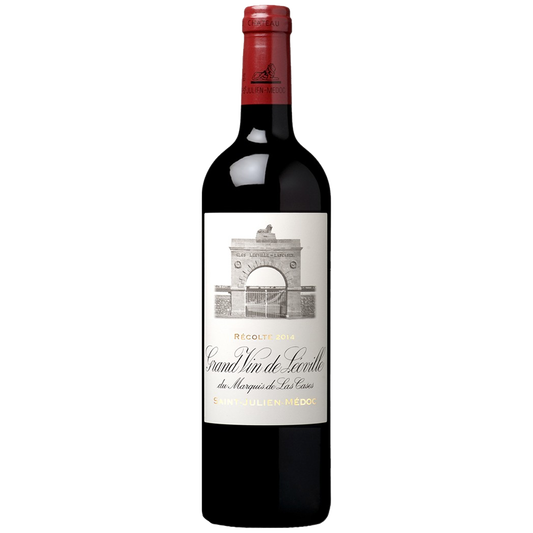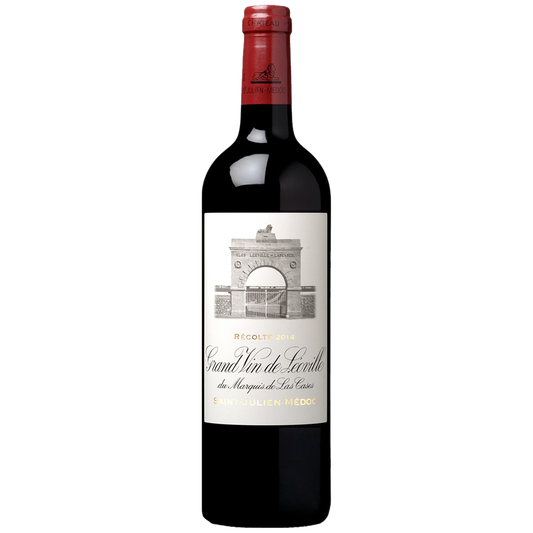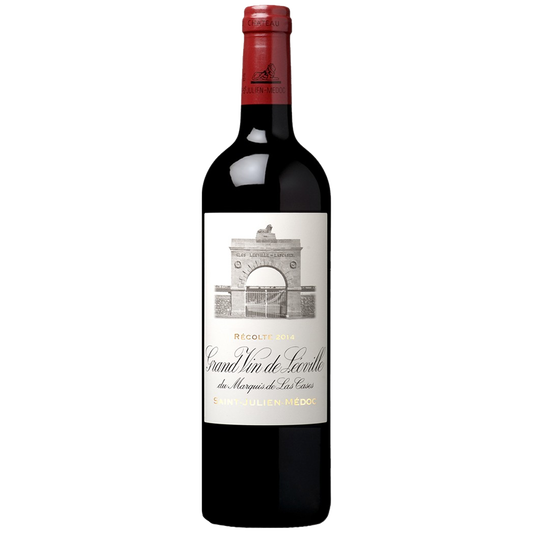Bordeaux wines


The Bordeaux region benefits from a temperate oceanic climate, the Atlantic Ocean moderates temperature variations and provides humidity throughout the year. The vineyard is divided into 5 sub-regions: Médoc, Rive Droite, Entre-Deux-Mers, Graves and Sauternais, each benefiting from a unique terroir.
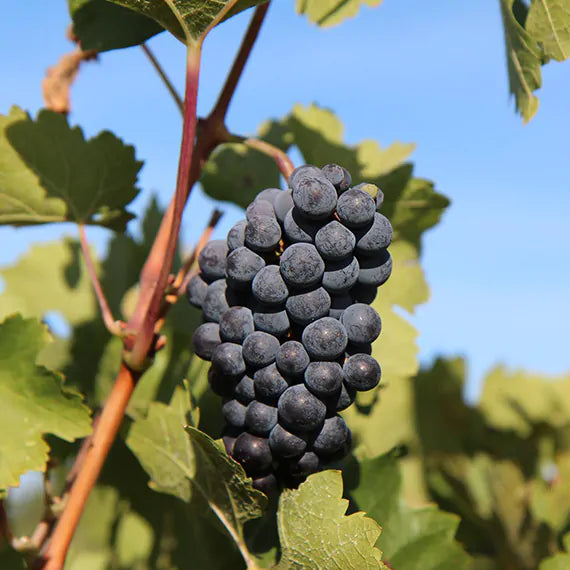
The emblematic grape varieties of the Bordeaux vineyard are Merlot , Cabernet Sauvignon and Cabernet Franc . Merlot thrives on fresh soils, rich in clay, it brings a fruity and generous side to the wines. Cabernet Sauvignon prefers warmer gravelly soils to reveal its black fruit aromas. They can produce great wines for aging.
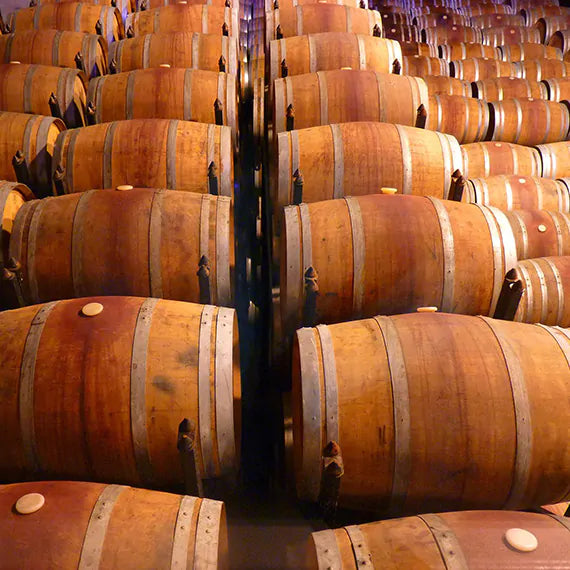
The great red wines of Bordeaux are aged for several months in 225 liter barrels: the tannins soften, the vintages gain complexity and harmony. Some white wines from Pessac-Léognan (Graves region) are also aged in barrels.
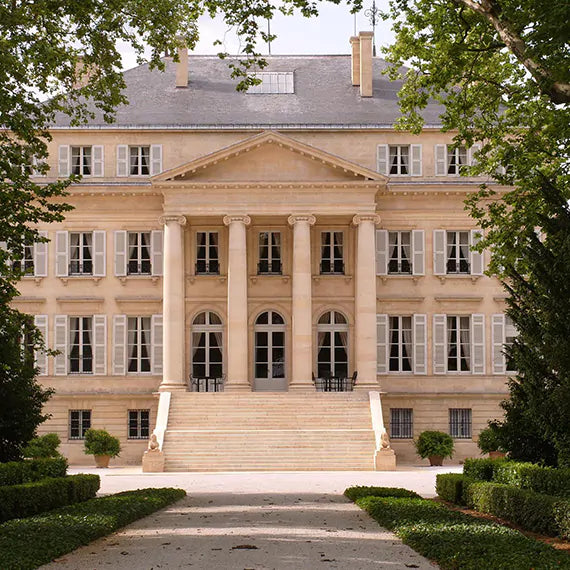
Published in April 1855, this classification, almost unchanged since, lists the best wine properties in the Médoc and Sauternes. There are 61 castles in the Médoc and 27 castles in the Sauternes. There are also two other renowned classifications in the region: in Saint-Émilion (Right Bank) and in Graves (Pessac-Léognan).
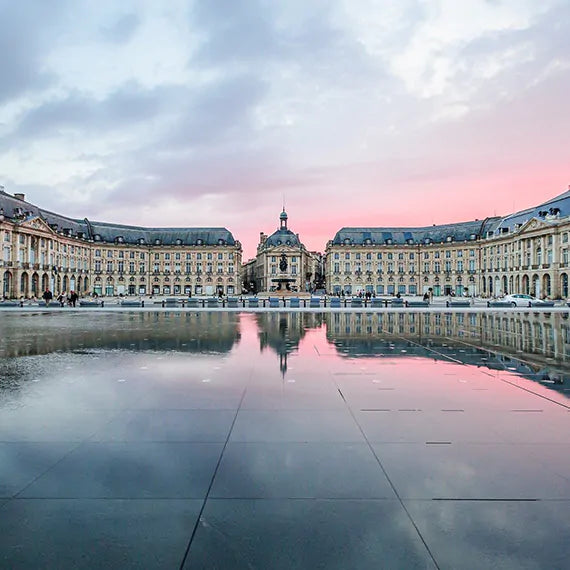
Every year in April, the large Bordeaux properties carry out early tastings of the vintage harvested the previous autumn. These wines, still being matured, are presented to professionals. It is then possible to buy these vintages before they are put on the market, at preferential prices.
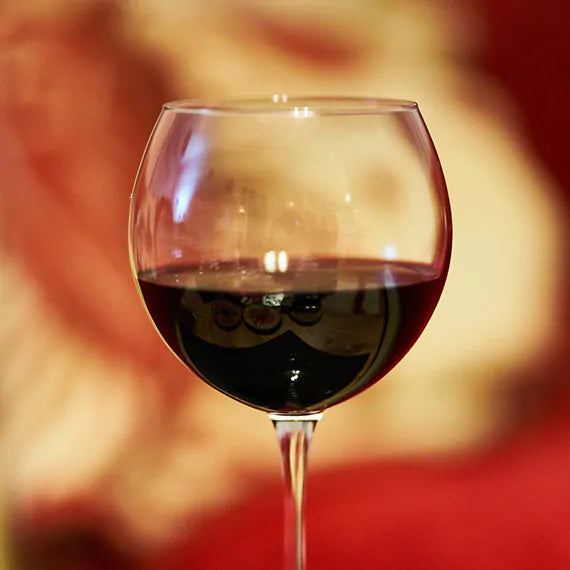
The primeur tastings took place from April 25 to 28, 2022. The 2021 vintage was marked by capricious weather conditions. Generally speaking, the wines are balanced because they are less loaded with alcohol and tannin structure, but with lots of fruit, crunch and freshness.
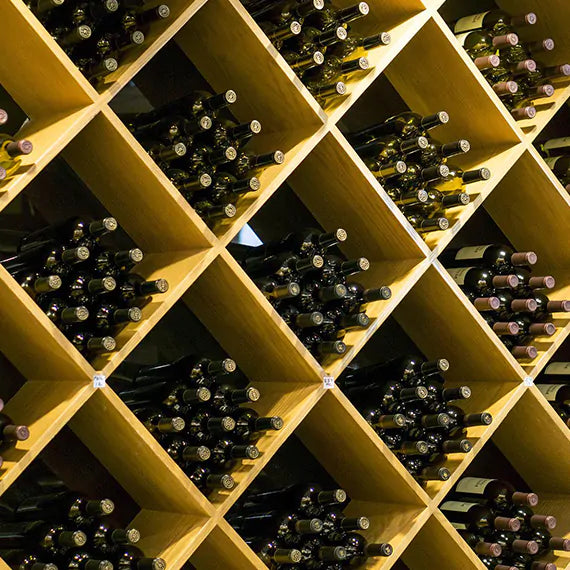
Discover our 2021 selection, starting with the Médoc region and its iconic villages: Saint-Estèphe, Pauillac, Saint-Julien and Margaux. A detour via the prestigious appellation of Pessac-Léognan in the Graves region, then heading towards the Right Bank, where the Saint-Émilion and Pomerol appellations reveal some lovely surprises.
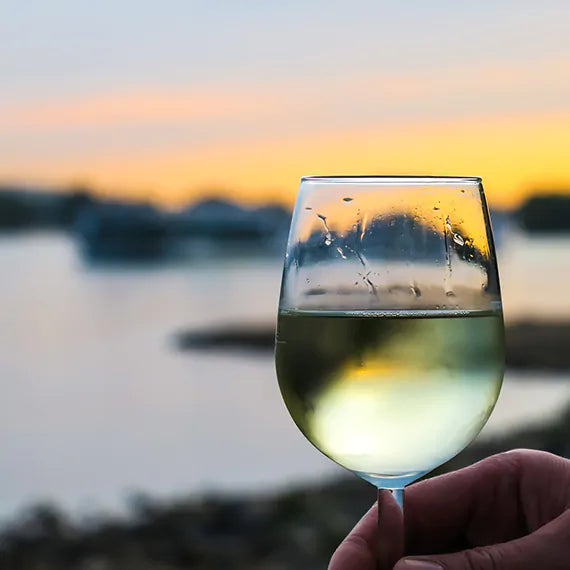
Sometimes in the shadow of their red counterparts, Bordeaux white wines are no less qualitative. The Sémillon and Sauvignon Blanc grape varieties come together to produce woody and full-bodied wines in the Pessac-Léognan appellation, refreshing wines in Entre-Deux-Mers and exceptional aromatic sweet wines in Sauternais.
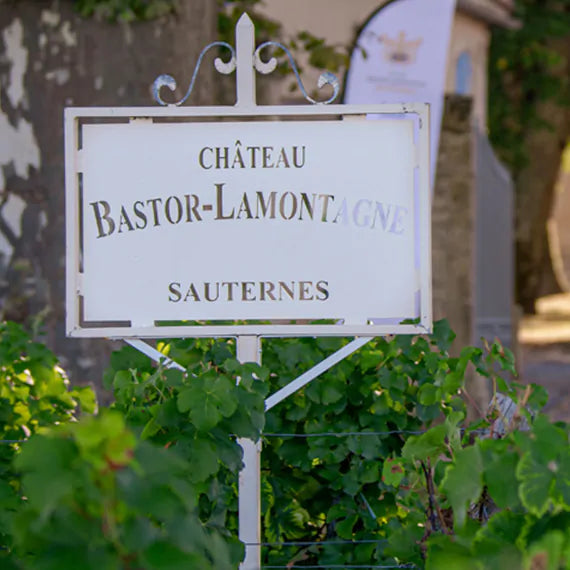
Château Bastor-Lamontagne extends over 56 hectares of vines on a silico-gravelly terroir. Its sweet wines are characterized by their freshness and harmony, like the 2016 and 2015 vintages. They gain complexity over time, offering aromas of spices, dried fruits and honey, as shown in the 2014 and 2013 vintages.
